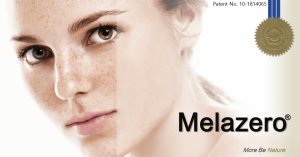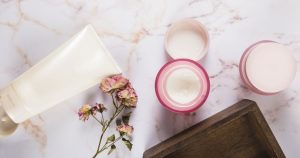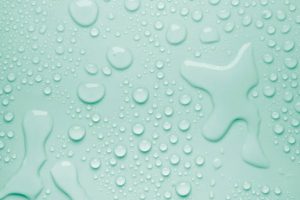Nitrosamines has been found in almost all kind of cosmetic and personal care products, including mascara, make up removal, shaving foam, conditioner, concealer, baby shampoo, pain-relief salve and sunless tanning lotion are considered to be carcinogenic to humans. However, they are not listed on the ingredient label because they are impurities that created by reactions of chemical mixtures in products. Nitosamines may be formed in cosmetic and personal care products when both nitrosating agent and amine ingredient are present, either under manufacturing or storage conditions that favour nitrosamine formation.
Nitrosamines are formed by reaction of primary, secondary or tertiary amines with a nitrosating agent, NOx. Generally, secondary amines are the most reactive compounds towards nitrosating agents to generate nitrosamines. Nitrosamines may also be formed from tertiary amines but the transformation requires the cleavage of the carbon-nitrogen bond of one of the alkyl groups attached to the nitrogen atom. Nitrosamines are more commonly formed from secondary and tertiary amines because they form very stable nitrosamines than primary amines.
The nitrogen oxides, NOx are referring to nitric oxide (NO) and nitrogen dioxide (NO2). Nitrogen oxides formed whenever combustion occurs in the presence of nitrogen. The major sources of NOx emissions are produced from industrial, transportation and agriculture. Nitrogen oxides can be produced naturally by lighting, microbial processes in soils or man-made emissions such as fossil fuel combustion form power generation and road transport.
The potential carcinogenicity of nitrosamines has been well studied and reported that 80-90% of N-nitroso compounds are carcinogenic and environmental level exposure may lead to the formation of malignant tumors (cancer).
| Organisation | Classification |
|---|---|
| International Agency for Research on Cancer (IARC) | Group 2A-Probably carcinogenic to humans |
| European Union (EU) | Category 2-Presumed to have carcinogenic potential for humans largely based on animals evidence |
| Environmental Protection Agency (EPA) | Likely to be carcinogenic to humans |
Consumers should read the ingredient label carefully and avoid any product containing Diethanolamine (DEA), triethanolamine (TEA) and other ethanolamine compounds that contribute to the formation of nitrosamine. DEA and TEA are the two most commonly found ingredients in many cosmetics and personal care products. They are additives commonly used in cosmetics to adjust the pH, acts as a wetting agent, emulsifiers or foaming agents or as a thickener and foam booster. They don’t cause cancer by themselves but you should avoid products that contain them because they can react with nitrites to form nitrosamines which can cause cancer. Some manufacturers claimed they add ingredients such as antioxidants to products containing these chemicals but this can only slow or retard the process and do not prevent the formation of nitrosamines. Mainly NDELA and NBHPA have been found in cosmetics. Nitrosamines that ever found in cosmetics are shown in the table below.
| Nitrosamine (NOC) | Source |
|---|---|
| N-Nitroso-diethanolamine (NDELA) | DEA/TEA |
| N-Nitroso-bis(2-hydroxypropylamine)(NBHPA) | BHPA |
| N-Nitrosodisopropanolamine | DIPA |
| N-Nitroso-dimetylamine (NDMA) | DMA |
| N-Nitroso-morpholine (NMOR) | Morpholine |
| N-Nitroso-pyrrolidine (NPYR) | PYR |
| N-Nitroso-methyl-stearylamine | Dimethylstearylamine |
In order to overcome, ANGUS has introduced the ULTRA PC range of amino alcohols that can replace these chemical ingredients that can form nitrosamine. Ultra PC range are primary amines that bonded directly to tertiary carbon atom. Without the present of α-hydrogen, they can highly reduce the risk of nitrosamine formation. Also, they meet the global compliance requirements and are consumer friendly.
Please click the button below to explore these safe ingredients.



